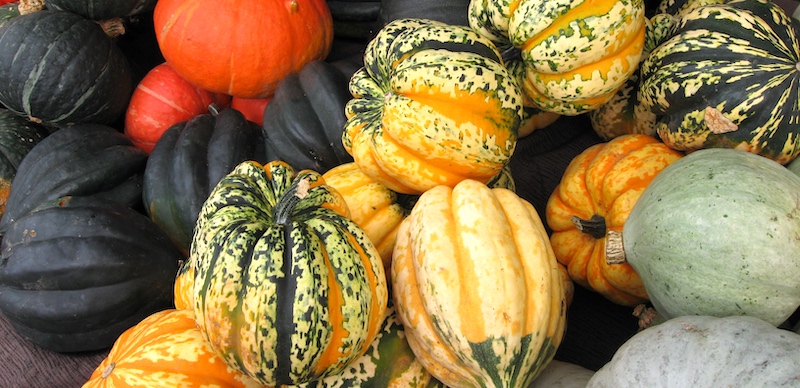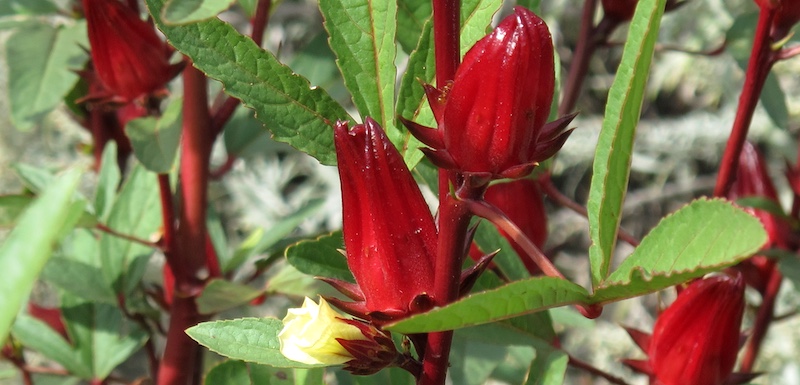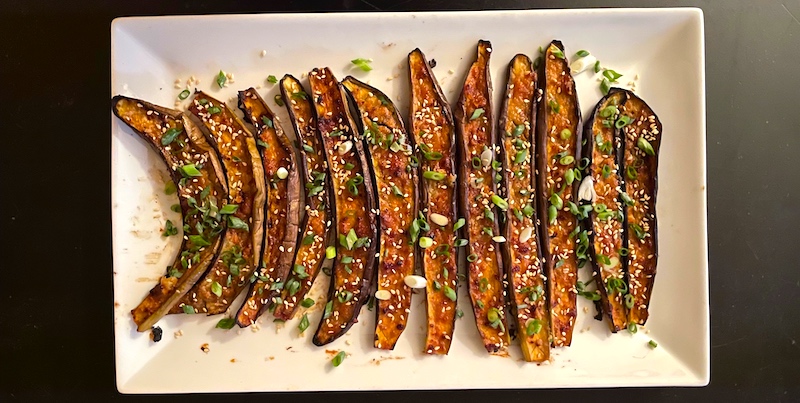
Our Beautiful Kitty
We almost didn't get to know her or have her sparkly, sweet personality in our lives.
You see, for some time I'd had my heart set on another dog from the same kennel as our first two Corgis, but when we brought that dog home, while she was lovely with a gentle personality, she lacked that certain spark we were looking for.

Because of this breeder, I'd known Kitty from birth—on a lark I'd actually suggested her feline name because of her kittenish demeanor—and when the breeder was heading out of town for a few days she asked if we'd be able to babysit the by-then-18-month-old pup.
She fit into our household like a glove from day one, getting along with our elderly grande dame, Rosey, as well as our boisterous, determined young Walker. Though we would have scoffed at the suggestion that we would ever consider having three dogs, when my friend came home I called and told her that she wasn't going to be getting her dog back. Three Corgis it was.

Fortunately that fit into the breeder's plans, and she came to live with us permanently, sharing camping trips, beach excursions and daily activities for almost exactly sixteen years. Like most Cardigan females, she could be stubborn and opinionated, but she also had an underlying happy, chipper nature. In all those years she never met anyone who wasn't a new best friend, giving everyone she met her best smile, wag and wiggle, and for the lucky few (you know who you are) she'd even bestow the ultimate compliment of flopping on her back for belly rubs.

One day we found out that one of the puppies from her first litter, Angus, had been adopted from a breeder in Texas by friends of ours who lived just up the street. Their reunion in a nearby park was like one of those old commercials where the lovers run toward each other in slow motion and come together in a passionate embrace—or chest-bumps in Corgi parlance. And for the remainder of their days it was required that their humans get them together at least every few days.
Last week we finally had to say goodbye to our girl, who one friend described as one of the sweetest dogs she'd ever known—and for the record, I've never had a dog who had as long a list of fans to be notified of her passing (almost two dozen).
A human should be so lucky—and we definitely were.
"Be comforted this day from whatever weighs heavily on your mind, the trouble you have known so long it almost seems normal. Let the strong arms of faith enfold you. It has been a long time. You have carried your burden with courage and dignity. You have been patient, almost to the limit of your own resolve. Now you need to feel that your waiting will soon be over. Hope needs to beckon you forward, holding high more than a promise, but a reality of change. Healing, reconciliation, an answer: whatever it is you need, may it come to you quickly. And so it will. Be comforted this day." - Bishop Steven Charleston, 7-23-15















